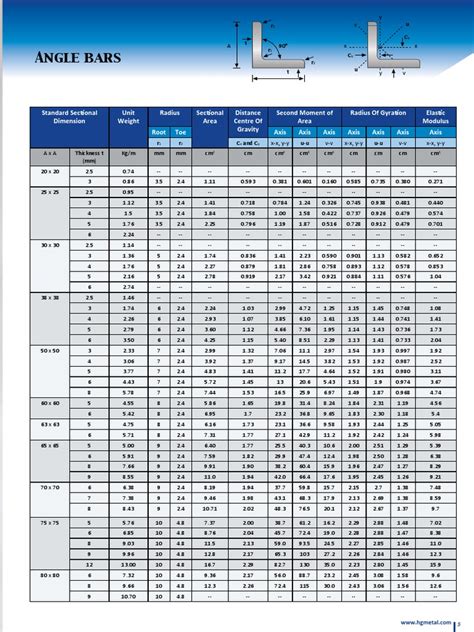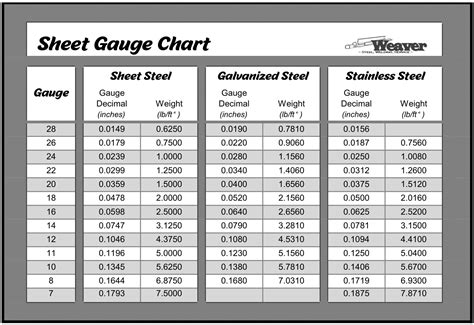common gauges of sheet metal In Australia, the typical thickness of sheet metal is between 0.5 millimetres and 6 millimetres. Anything thicker 6 millimetres is classified as metal plate, and anything thinner than 0.5 . See more When batch machining or milling thin flat material, vacuum is a great way to hold your parts. Unfortunately, milling completely through a workpiece on a typi.
0 · steel sheet sizes chart
1 · sheet steel gauges thickness chart
2 · plate steel gauge thickness chart
3 · most common sheet metal gauge
4 · gauge size chart sheet metal
5 · galvanized steel size chart
6 · 14 gauge vs 18 steel
7 · 10 gauge sheet metal thickness
Plastic junction boxes are lightweight, affordable, and resistant to corrosion. They are suitable for dry environments. Metal junction boxes are more durable, they are fire resistant and are used for wet or high-temperature areas. When To Use A Plastic Electric Box? Let’s review situations when you should use a plastic electrical box:
Standard sheet metal thickness and size varies across different metals. Find standard sheet metal gauges and mm measurements in this article. See more
In Australia, the typical thickness of sheet metal is between 0.5 millimetres and 6 millimetres. Anything thicker 6 millimetres is classified as metal plate, and anything thinner than 0.5 . See moreIn the fabrication industry, ‘gauge’ is an identifier for the standard thickness of sheet metal of a specific material. The gauge size is based on the weight of the metal sheet and is inversely proportional to the thickness, which means the higher it is, the thinner the . See more
There are two ways to measure sheet metal: using a measuring tape (which is less precise) and a gauge wheel (more typically used in the industry). See moreYes, sheet metal thickness is important as it determines what kind of fabrication processes can be used. Thinner sheet metal is suitable for different processes and different . See more
Gauges are used to specify the thickness of a sheet metal. Gauges are neither standard nor metric and the values are independent of those measurement systems. A gauge conversion chart can be used to determine . Gauge size chart for sheet metal. Filter for standard steel, galvanized steel, stainless . The sheet metal gauge chart is more than just a list of numbers; it’s the foundation for successful projects. By understanding and utilizing these charts you can ensure precision . The most commonly-used sheet metal sizes range from 26 gauge (thinner) to 7 gauge (thicker). A sheet metal gauge tool is used to measure metal thickness and shows both the gauge number as well as the thickness of the .
Standard Sheet Metal Gauge Chart. The most commonly used sheet metal gauge chart is based on the U.S. Standard Gauge (USG) system. This system assigns gauge numbers ranging from 1 to 36 to different sheet metal thicknesses. As .
A sheet metal gauge chart is an essential reference tool in metal fabrication that correlates gauge numbers with precise material thicknesses for various metals. Understanding how to interpret these charts is crucial for .Below are sheet metal gauge charts for common metals. You’ll find the gauge and its corresponding thickness in inches and millimeters. Carbon Steel Gauge Thickness Chart Check out our full gauge charts below to cross reference all gauge sizes to decimal widths of sheet metal. The manufacturing and fabrication of sheet metals take a number of factors into account, including electrical .
Metal gauge charts are commonly used in many industries, such as automobile, aerospace, and construction. The engineers measure the thickness of each metal sheet before cutting or bending it. Knowing the thickness of metal sheets .
A sheet metal gauge chart uses the thickness and weight per area of different metals to determine standardised thicknesses or ‘gauges’. The higher the gauge, the thinner the sheet. Selecting the correct thickness is a critical part of . Gauges are used to specify the thickness of a sheet metal. Gauges are neither standard nor metric and the values are independent of those measurement systems. A gauge conversion chart can be used to determine the actual thickness of sheet metal in .Gauge size chart for sheet metal. Filter for standard steel, galvanized steel, stainless steel, zinc, or birmingham gage. The sheet metal gauge chart is more than just a list of numbers; it’s the foundation for successful projects. By understanding and utilizing these charts you can ensure precision and quality in their work.
The most commonly-used sheet metal sizes range from 26 gauge (thinner) to 7 gauge (thicker). A sheet metal gauge tool is used to measure metal thickness and shows both the gauge number as well as the thickness of the metal in thousandths of an inch.Standard Sheet Metal Gauge Chart. The most commonly used sheet metal gauge chart is based on the U.S. Standard Gauge (USG) system. This system assigns gauge numbers ranging from 1 to 36 to different sheet metal thicknesses. As per the USG system, gauge number 1 represents the thickest sheet metal, while gauge number 36 denotes the thinnest. A sheet metal gauge chart is an essential reference tool in metal fabrication that correlates gauge numbers with precise material thicknesses for various metals. Understanding how to interpret these charts is crucial for accurate material selection and processing.
aluminum cnc machine shop
Below are sheet metal gauge charts for common metals. You’ll find the gauge and its corresponding thickness in inches and millimeters. Carbon Steel Gauge Thickness Chart Check out our full gauge charts below to cross reference all gauge sizes to decimal widths of sheet metal. The manufacturing and fabrication of sheet metals take a number of factors into account, including electrical conductivity, metal strength, malleability, and .Metal gauge charts are commonly used in many industries, such as automobile, aerospace, and construction. The engineers measure the thickness of each metal sheet before cutting or bending it. Knowing the thickness of metal sheets helps them to know how much energy or time they will need to cut that metal. Where Did Sheet Metal Gauges Come From? A sheet metal gauge chart uses the thickness and weight per area of different metals to determine standardised thicknesses or ‘gauges’. The higher the gauge, the thinner the sheet. Selecting the correct thickness is a critical part of .
Gauges are used to specify the thickness of a sheet metal. Gauges are neither standard nor metric and the values are independent of those measurement systems. A gauge conversion chart can be used to determine the actual thickness of sheet metal in .Gauge size chart for sheet metal. Filter for standard steel, galvanized steel, stainless steel, zinc, or birmingham gage. The sheet metal gauge chart is more than just a list of numbers; it’s the foundation for successful projects. By understanding and utilizing these charts you can ensure precision and quality in their work.

The most commonly-used sheet metal sizes range from 26 gauge (thinner) to 7 gauge (thicker). A sheet metal gauge tool is used to measure metal thickness and shows both the gauge number as well as the thickness of the metal in thousandths of an inch.Standard Sheet Metal Gauge Chart. The most commonly used sheet metal gauge chart is based on the U.S. Standard Gauge (USG) system. This system assigns gauge numbers ranging from 1 to 36 to different sheet metal thicknesses. As per the USG system, gauge number 1 represents the thickest sheet metal, while gauge number 36 denotes the thinnest. A sheet metal gauge chart is an essential reference tool in metal fabrication that correlates gauge numbers with precise material thicknesses for various metals. Understanding how to interpret these charts is crucial for accurate material selection and processing.
Below are sheet metal gauge charts for common metals. You’ll find the gauge and its corresponding thickness in inches and millimeters. Carbon Steel Gauge Thickness Chart Check out our full gauge charts below to cross reference all gauge sizes to decimal widths of sheet metal. The manufacturing and fabrication of sheet metals take a number of factors into account, including electrical conductivity, metal strength, malleability, and .
steel sheet sizes chart

Some people discover that the metal brackets irritate their tongue and lips. The ends of the wire can sometimes protrude with this orthodontic procedure, which creates a feeling like your mouth is getting stabbed.
common gauges of sheet metal|10 gauge sheet metal thickness